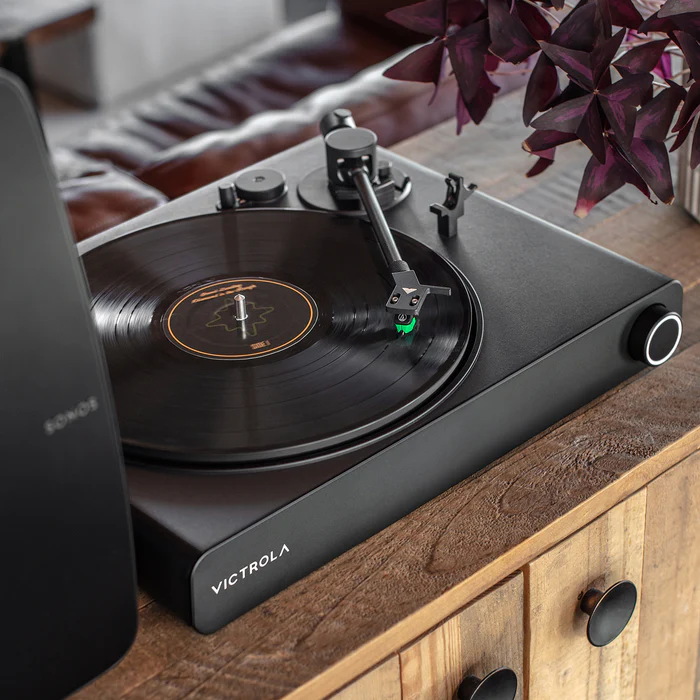
In the digital age where streaming platforms dominate how we consume music, one might assume that physical formats like bollywood vinyl records have become obsolete. However, contrary to expectations, vinyl is not only surviving—it’s thriving. Globally, vinyl sales have been climbing steadily for over a decade, and this trend is beginning to take firm root in India as well. The question isn’t just whether vinyl is making a comeback in India.
It’s how deep and wide this revival is spreading across the country’s diverse music landscape
India has a rich history with vinyl records dating back to the early 20th century. Companies like The Gramophone Company of India, later known as HMV and eventually Saregama, played a pivotal role in distributing music on shellac and vinyl discs. From classical ragas to golden-era Bollywood numbers, regional folk to spiritual bhajans, much of India’s musical past was preserved on records. By the 1990s, vinyl had largely disappeared from the Indian mainstream, overtaken by cassettes, CDs, and eventually MP3s. But something curious has happened over the last few years—vinyl is reappearing, not just as a niche collector’s hobby, but as a growing lifestyle movement among urban music enthusiasts.
One of the main drivers of this resurgence is a growing appreciation for analog sound quality. Vinyl offers a warmer, fuller sound that digital formats often compress. Many audiophiles argue that vinyl captures subtle nuances lost in digital conversions. In India, where classical, ghazal, and devotional music relies heavily on tone and atmosphere, this audio depth resonates with a certain audience. Younger listeners, especially in cities like Mumbai, Delhi, Bangalore, and Chennai, are discovering vinyl as a more immersive and tangible way to engage with music. There’s a tactile satisfaction in placing a record on a turntable, setting the needle, and listening to an album uninterrupted—something that feels rare in a world of instant playlists and algorithmic recommendations.
Record stores are making a slow but steady return in India’s metro cities. Stores like The Revolver Club in Mumbai, OK Listen in Bangalore, and Music Circle in Delhi are stocking both international pressings and reissued Indian albums. Some of these stores also sell refurbished turntables, vinyl accessories, and offer cleaning and restoration services. There’s also a surge in online platforms selling vinyl, such as Spincart, Vinyl Loop, and even Amazon India. These outlets are helping people in smaller cities access records that would once have been nearly impossible to find locally.
Indian record labels are also taking note. Saregama, India’s oldest music label, has begun reissuing classic albums on vinyl, tapping into nostalgia and demand from both older and newer generations. Albums by Lata Mangeshkar, Kishore Kumar, RD Burman, and even contemporary artists like AR Rahman are now available in brand-new vinyl editions. Bollywood’s golden era music seems to be leading the trend, with a mix of film soundtracks and iconic compilations seeing fresh vinyl releases. Even regional language music—Tamil film songs, Bengali Rabindra Sangeet, Punjabi folk—is slowly being revived on record.
One unique aspect of vinyl’s comeback in India is its cultural cross-generational appeal. For older listeners, vinyl brings back the charm of their youth. For millennials and Gen Z, vinyl represents authenticity, craftsmanship, and a break from disposable digital content. The resurgence is also tied to broader lifestyle shifts—home décor trends that value retro aesthetics, the rise of café culture where vinyl is played for ambiance, and the DIY spirit of curating personal collections. Vinyl isn’t just a music format anymore; it’s an experience and a statement.
However, the vinyl revival in India isn’t without challenges. The high cost of imported records and turntables makes vinyl a luxury for many. There’s also a lack of awareness in some areas about how to store and care for records, leading to damage or disinterest after initial purchases. Despite this, the passion of India’s growing vinyl community is undeniable. Social media groups, vinyl fairs, listening sessions, and turntable meetups are creating grassroots spaces for music lovers to connect and build knowledge.
In conclusion, vinyl is indeed making a comeback in India—but not in a mass-market, overnight kind of way. It’s growing quietly, fueled by a combination of nostalgia, sonic quality, and cultural revival.



